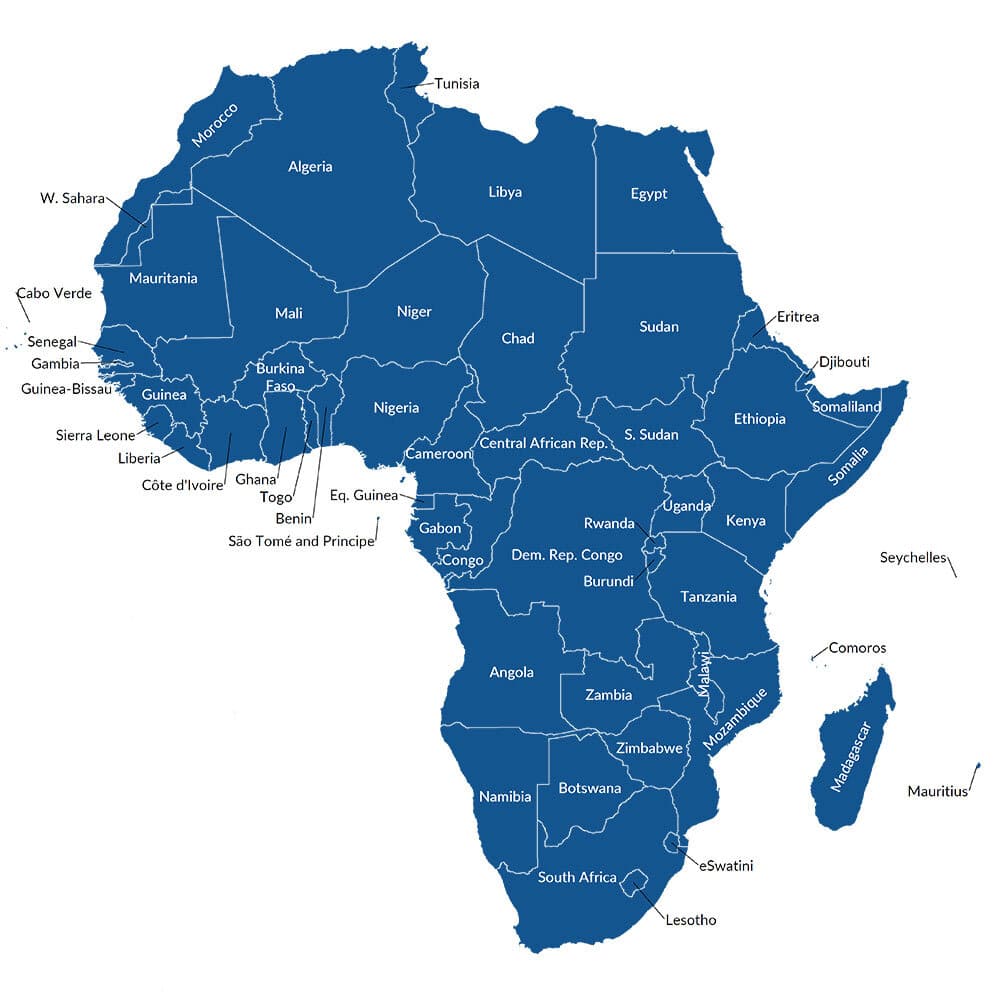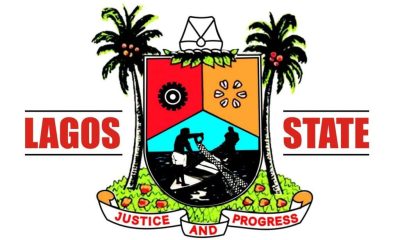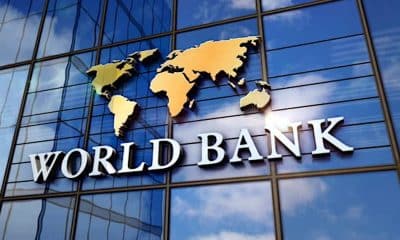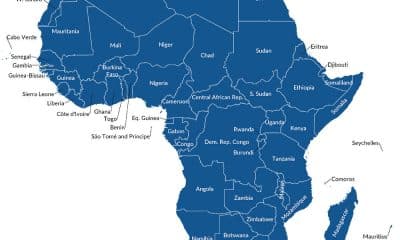Nigeria News
The Five Weakest Currencies In Africa

Africa, a continent rich in cultural diversity and natural resources, faces significant economic disparities among its nations.
These disparities are often reflected in the strength of the continent’s various currencies.
While some African currencies, like the Libyan Dinar and the Tunisian Dinar, stand strong against the dollar, others struggle significantly, affecting their countries’ economies and the purchasing power of their citizens.
Here’s a closer look at some of the weakest currencies in Africa, exploring the reasons behind their low valuation and the implications for the respective economies.
1. Zimbabwean Dollar (ZWL)
The Zimbabwean Dollar is infamous for its hyperinflation, which reached its peak in 2008, rendering the currency virtually worthless.
The government introduced various measures, including foreign currency adoption and the introduction of a new currency, to stabilize the economy.
Despite these efforts, the Zimbabwean Dollar remains one of the weakest currencies in Africa due to ongoing economic challenges, such as high unemployment rates, a decline in industrial production, and political instability.
2. Sierra Leonean Leone (SLL)
Sierra Leone’s Leone suffers from persistent inflation and economic instability. The country’s economy, heavily reliant on mining activities, particularly diamonds, has been vulnerable to fluctuations in global commodity prices.
Additionally, political unrest and the devastating effects of the Ebola outbreak have further weakened Leone, making it one of Africa’s least valued currencies.
3. Congolese Franc (CDF)
The Democratic Republic of Congo, despite its vast mineral resources, has a currency that ranks among the weakest in Africa.
The Congolese Franc’s low valuation can be attributed to years of conflict, corruption, and poor governance. These factors have hindered economic development and growth, leading to a volatile currency and a struggling economy.
4. Burundian Franc (BIF)
Burundi’s Franc reflects the country’s economic struggles, characterized by political turmoil, limited access to education and healthcare, and a predominantly agricultural economy vulnerable to weather variations and global price changes.
These challenges have contributed to the Burundian Franc’s low value, impacting the nation’s economic progress and living standards.
5. Malagasy Ariary (MGA)
Madagascar’s Ariary suffers due to political instability, poor infrastructure, and a lack of economic diversification.
The country’s reliance on agriculture and textile production and vulnerability to natural disasters has led to a weak currency, hindering economic growth and development.
Reasons Behind Weak Currencies
The common denominators leading to weak African currencies include political instability, economic mismanagement, reliance on single or few export commodities, high inflation rates, and external debts.
These factors combined lead to a lack of investor confidence, reducing demand for the currency and, thus, its value.
Implications
Weak currencies affect a country’s economy by increasing the cost of imports, leading to higher inflation rates.
This situation adversely affects living standards, as the purchasing power of citizens diminishes. Moreover, it creates challenges in attracting foreign investment, crucial for economic growth and development.












